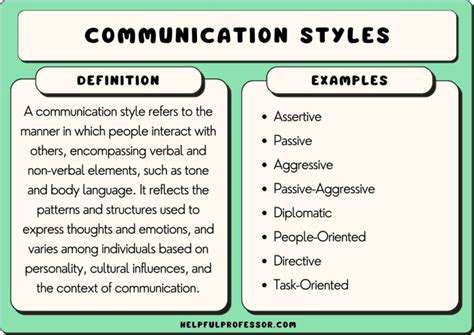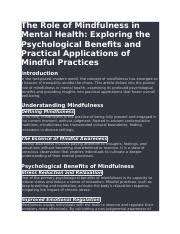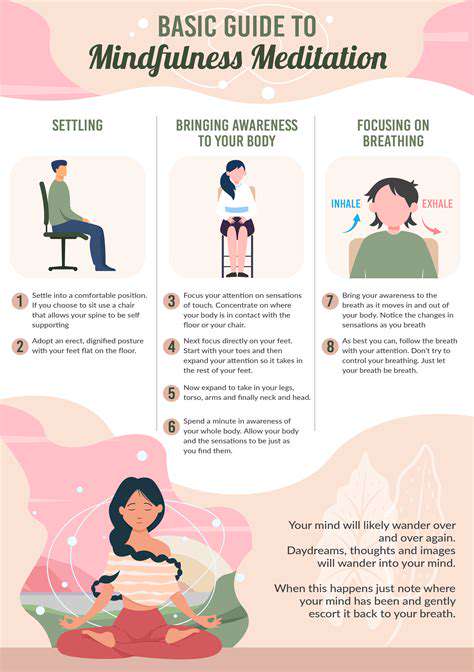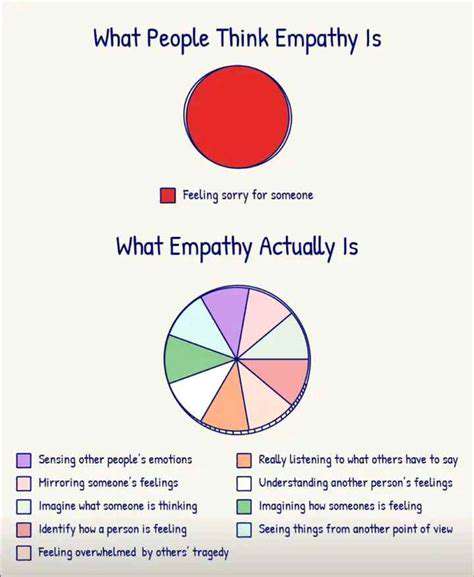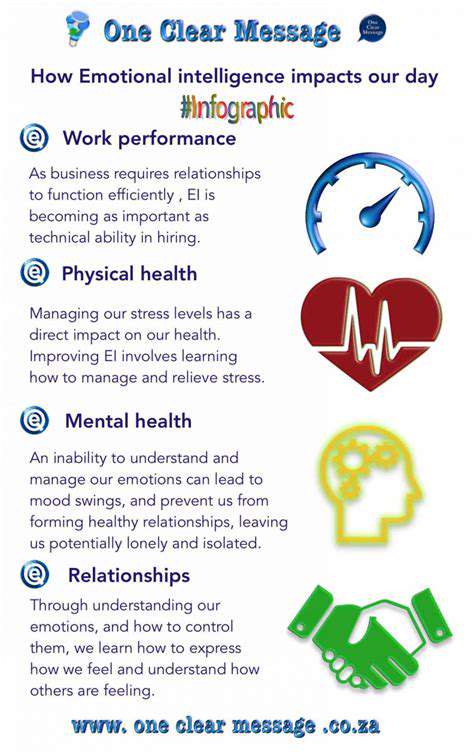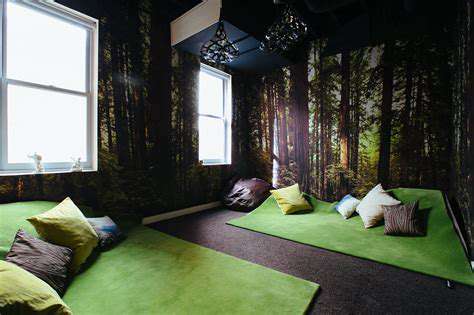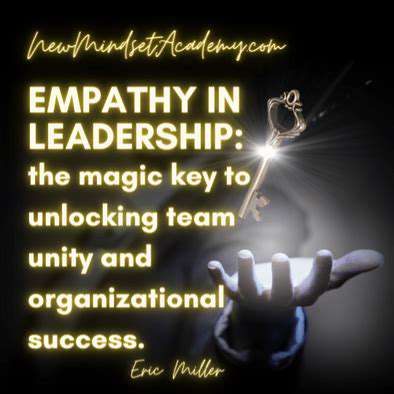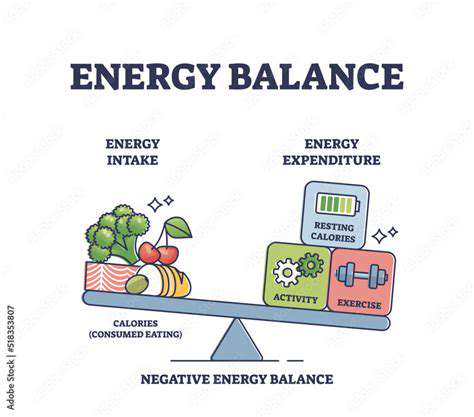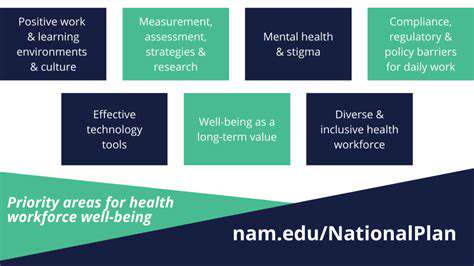Supporting emotional balance with thoughtful arrangements
Sound Design for Serenity
Transforming your home into a peaceful sanctuary starts with thoughtful sound design. Nature's soundtrack - rainfall, ocean waves, or forest sounds - has a remarkable ability to lower stress hormones. For urban dwellers, white noise can mask disruptive street sounds, while carefully selected instrumental music can set a tranquil mood.
Finding your perfect sound balance takes experimentation. Some people thrive in near-silence, while others prefer constant gentle background noise. The key is consistency - establishing regular sound routines helps train your brain to associate certain sounds with relaxation.
Light Therapy for Well-being
Light profoundly impacts our biological rhythms and emotional states. In the morning, bright light signals our bodies to wake up, while warm, dim lighting in the evening prepares us for sleep. Creating a home lighting plan that follows natural light patterns can significantly improve mood and energy levels throughout the day.
For those struggling with seasonal mood changes, light therapy lamps offering 10,000 lux can make a noticeable difference. The trick is using them consistently in the morning to help reset circadian rhythms. Proper lighting isn't just about visibility - it's a powerful tool for emotional regulation.
Sensory Integration for Emotional Regulation
Truly calming spaces engage multiple senses harmoniously. A reading nook might combine a soft throw blanket's texture, a subtle vanilla scent, and gentle lighting to create complete relaxation. The most effective spaces consider how all sensory elements work together to support emotional balance.
Creating a Calming Atmosphere Through Color Psychology
Color choices create immediate emotional responses. Soft blues and greens naturally lower heart rates and blood pressure, making them ideal for bedrooms and meditation spaces. Earthy neutrals provide grounding, while pale yellows can lift spirits without overstimulating.
When selecting colors, consider both wall colors and textiles. A neutral wall with blue-green accent pillows creates a more flexible palette than committing to bold wall colors. Natural elements like wood tones and stone textures enhance color schemes while adding organic warmth.
The Importance of Decluttering and Organization
Visual clutter creates mental clutter. Studies show that physical disorder increases cortisol levels, while organized spaces promote calm focus. Simple systems - like designated homes for everyday items and regular purging of unused objects - can dramatically reduce daily stress.
The KonMari method's popularity stems from its emotional benefits as much as its organizational ones. Keeping only what sparks joy creates spaces that feel uplifting rather than draining. A tidy environment literally helps us think more clearly.
Promoting Mindfulness and Relaxation
Dedicated mindfulness spaces don't require much square footage - even a comfortable chair in a quiet corner can serve. The key is making relaxation intentional through simple rituals: lighting a candle, playing specific music, or using a particular blanket can signal your brain it's time to unwind.
Harnessing the Healing Power of Nature: Incorporating Greenery
Bringing Nature Indoors
Houseplants do more than beautify spaces - they actively improve our mental health. Research shows that just seeing greenery can lower stress levels, while caring for plants provides meaningful routines. For beginners, low-maintenance options like snake plants or pothos offer benefits without demanding green thumbs.
Beyond psychological benefits, plants physically improve our environments. NASA studies found certain species effectively remove airborne toxins. English ivy, peace lilies, and spider plants work particularly well at purifying air while adding living beauty to rooms.
Outdoor Spaces for Emotional Renewal
Time in nature provides perspective that's hard to find indoors. Whether it's a balcony garden, community park, or hiking trail, regular nature exposure reduces rumination - that tendency to obsess over negative thoughts. Even brief daily doses of sunshine and fresh air can reset stressed nervous systems.
Cultivating Mindfulness through Nature
Nature naturally encourages present-moment awareness. Watching leaves flutter in the breeze or listening to birdsong anchors us in the now, interrupting anxious thought cycles. Keeping a nature journal - noting seasonal changes or interesting cloud formations - deepens this mindful connection.
For urban residents without easy park access, nature sound recordings or nature photography can provide partial benefits. The key is intentional engagement rather than passive consumption - really listening to birdsong recordings or studying leaf patterns in photos.
Layered lighting creates depth and flexibility in any space.
Organizing for Emotional Clarity: Decluttering and Space Planning

Understanding the Importance of Emotional Clarity
Emotional awareness transforms how we navigate life's challenges. When we understand our emotional patterns, we gain power over reactions rather than being controlled by them. This self-knowledge improves decision-making across all life areas - from career moves to personal relationships.
People with strong emotional clarity tend to weather storms better because they understand what they're feeling and why. They can separate temporary emotions from lasting truths, preventing rash decisions made in emotional moments.
Strategies for Cultivating Emotional Awareness
Developing emotional intelligence starts with simple observation. Try pausing several times daily to check in: What am I feeling right now? Where do I feel it in my body? What might have triggered this? Over time, these quick check-ins reveal emotional patterns and triggers.
Journaling takes this further by creating space to unpack complex feelings. The act of writing helps organize swirling emotions into clearer understanding. Regular emotional check-ins are like mental hygiene - they prevent emotional clutter from building up.
Implementing Emotional Clarity in Daily Life
With practice, emotional awareness becomes second nature. You might notice irritation rising during a meeting and choose to take deep breaths rather than snap. Or recognize when sadness stems from fatigue rather than actual problems.
This emotional literacy improves all relationships. When we understand our own emotions better, we become more patient with others'. Simple phrases like I need a moment or I'm feeling overwhelmed prevent misunderstandings and build connection.
Personalized Spaces for Emotional Support: Incorporating Personal Touches
Creating a Sanctuary:
Your personal retreat should feel like a warm hug. Start by identifying what comforts you most - is it soft textures, family photos, or perhaps travel mementos? Even in small spaces, a dedicated comfort zone makes a difference. A cozy chair with a favorite blanket and good reading light can transform any corner.
The most effective personal spaces evolve over time. You might start with a simple meditation cushion and gradually add elements as you discover what truly nourishes you. There's no right or wrong - only what works for your unique emotional needs.
Incorporating Meaningful Objects:
Curate your space with intention rather than clutter. Choose items that tell your story or represent aspirations. A seashell from a transformative vacation, a gifted piece of art, or a childhood treasure can all serve as emotional touchstones when placed thoughtfully.
Rotating displayed items keeps the space feeling fresh while maintaining personal significance. Seasonal swaps - warmer textures in winter, lighter elements in summer - can subtly support changing emotional needs throughout the year.
Designing for Emotional Regulation:
Consider designing emotional first aid zones. A calming corner might include stress-relief tools like a weighted blanket, coloring books, or a playlist of soothing music. An energizing zone could feature bright lighting, vibrant colors, and motivational items for when you need a boost.
The most helpful spaces accommodate different emotional states. Modular elements - movable pillows, adjustable lighting, or convertible furniture - allow quick transformations to suit changing needs. Your environment should support you, not constrain you.
